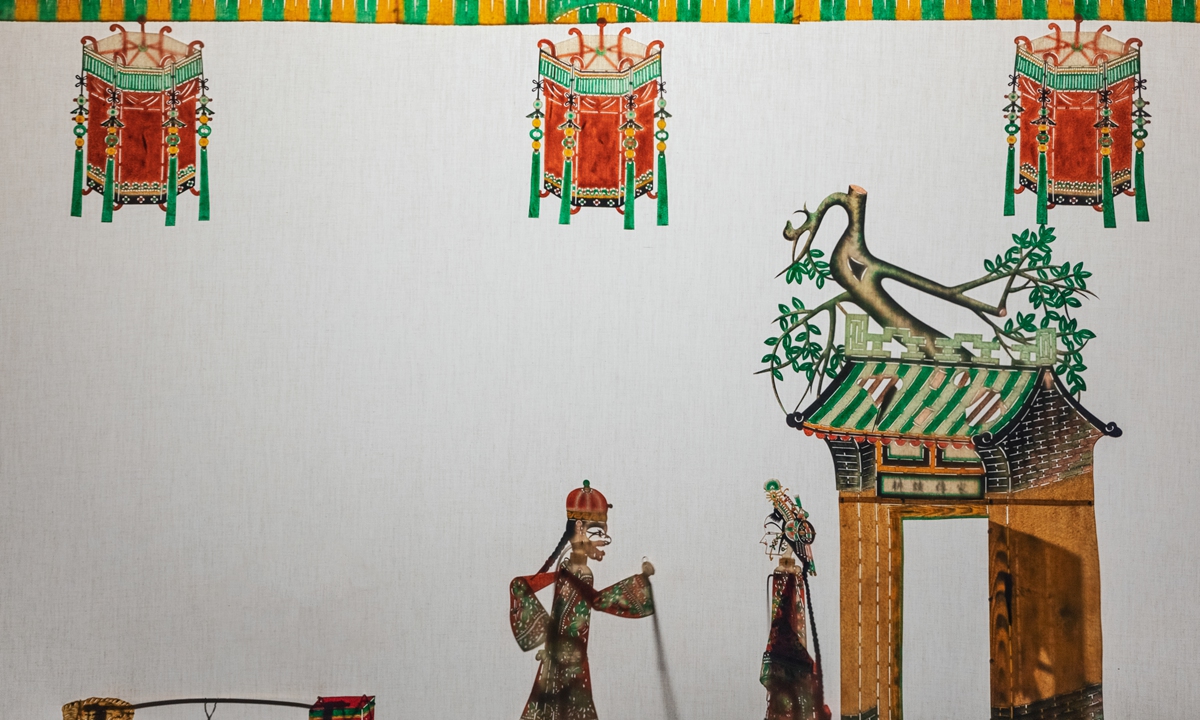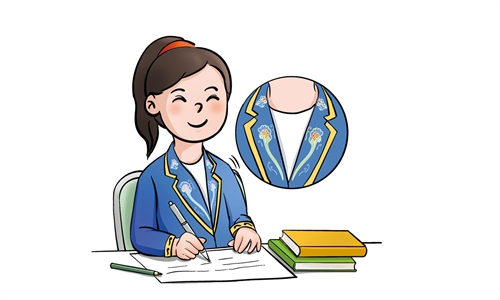ARTS / ART
Armenian woman shares Chinese culture through shadow plays
Mastering the show

A shadow play performance File photo: IC
With a big box as a stage, a lamp as a light source, and a piece of white paper as a screen, Hakobyan Aleta puts on entertaining performances on her handmade shadow play stage.The 30-year-old shadow play fancier has uploaded several of her performances to the internet, earning a great deal of attention from netizens. Aleta said she believes shadow play is an excellent way to tell stories of Chinese myths, legends, history and culture.
Aleta came to China from Armenia three years ago to work as an English teacher. She has visited many places like Beijing, Tianjin, Shanghai, Yunnan and Shandong. Aleta said she likes the country's beautiful natural sceneries and diverse customs, but what most fascinates her is the local folklore and mythology.
"They are gorgeous, charming, and full of wisdom," Aleta said. For a long time, she had been looking for a unique and novel way to share the folk tales she has collected from the people she has met.
Her love of the art form first started when she watched a shadow play show in a museum in Xi'an, the capital of Northwest China's Shaanxi Province, and realized that this was something she wanted to try her hand at.
Shadow plays are popular in China. Performers stay behind a white curtain, manipulate shadow puppets made from animal skins in time with songs from local operas. In 2011, shadow plays, also known as shadow puppetry, were inscribed on the UNESCO Representative List of Intangible Cultural Heritage of Humanity.
"I was very excited watching a shadow play for the first time. It was about a famous military general in Chinese history. The staff in the museum invited me to look at the leather puppets, and I was impressed by the bright colors and their flexibility," Aleta recalled.
Arriving home from the museum, Aleta started researching how to make her own shadow play stage. Learning from videos, she built one using a box, a light, white paper and other tools.
Aleta also made shadow puppets but instead of the animal skins used for traditional puppets, she uses paper.
"I printed puppet figures on paper and then carefully cut out the silhouettes. The silhouette lines need to be clean, so I have to be careful," she said.
Her first shadow play told a touching love story from Chinese legend. "The story is about love, the moon, and the hope for reunion, which coincides with the family reunion theme of the Mid-Autumn Festival in China," Aleta said.
"I spent the whole holiday preparing my first shadow play."
To enrich her stories, Aleta has been studying Chinese traditional culture. When making scenes related to the Qixi Festival, or Chinese Valentine's Day, she learned a lot about China's traditional weddings. To tell the story of the beast Nian, an evil creature from Chinese legend, she tried to set up the characters and buildings so that the audience could better understand the story and the Chinese culture behind it.
Aleta's shadow play videos have won over many audiences in Armenia. The video about the beast Nian even caught the attention of an Armenian television station, which aired the video earlier in 2o22.
Among the online comments, some audience members have said the videos have allowed them to better understand China.
This has encouraged Aleta to continue making more videos. Currently, she is writing a new story based on ancient Chinese poetry.
"When my Chinese is good enough, I will make shadow play videos about Armenian myths, legends, and customs and share my country's culture with Chinese audiences," Aleta said.



